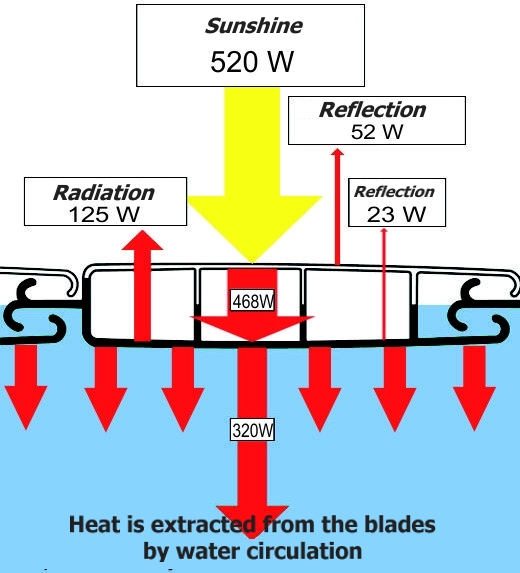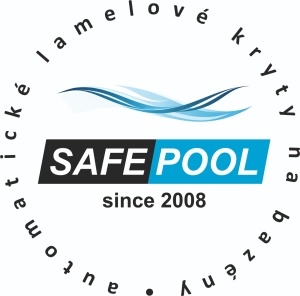Frequently asked questions
⇒ What type of slats should I choose for my atypical pool?
For pools with irregular shapes, such as oval pools or rectangles with rounded corners, Type 600 slats are the most watertight solution. For rectangular pools, all types of slats are suitable.
⇒ Is it possible to walk on the slats?
Our slat system ensures not only safety but also style. Our slats have been tested in accordance with the strict French safety standards NF P90-308, for both above and below water retrieval. Read more in the section on Advantages.
⇒ What material should I choose for the slats?
These durable and budget-friendly pool slats are an excellent choice for your needs. We suggest using PVC slats for pools located in moderate climates with rare hailstorms, as well as for indoor swimming areas.
Polycarbonate slats are exceptionally durable and offer significant resistance, ensuring they are built to last for many years.
Our PCTR slats are produced using an advanced tri-extrusion technique that enhances their durability. With an additional UV protective coating, they resist the effects of aging caused by harsh weather conditions, ensuring they last significantly longer. The sleek surface design inhibits dirt build-up, making maintenance a breeze and ensuring they remain clean and attractive.
⇒ Differences between PVC and polycarbonate slats?
The differences between the two materials are considerable. Polycarbonate is a thermoplastic polymer with exceptional mechanical and physical properties. Its toughness and durability have seen it introduced into a variety of industries, including CD and DVD production, automotive (e.g. headlights), aerospace (aircraft windows) and ballistic materials (police shields).
Compared to PVC, polycarbonate is significantly more resistant to high temperatures and UV radiation. Polycarbonate is also transparent, which means it absorbs sunlight quickly and efficiently, and has high impact resistance, which includes extreme situations such as hail.
In summary, polycarbonate slats are chemically resistant, transparent and impact resistant. In the case of premium PCTR (tri-extrusion) slats, these properties are further enhanced by an additional coating on the surface of the slat.
⇒ Can the slats also heat the water?
Safepool solar fins heat the pool water very efficiently. No energy is consumed during heating and only solar radiation is used. The higher purchase price is thus compensated for in a very short time. The transparent (transparent blue) top layer creates a greenhouse effect, which significantly increases the temperature of the bottom layer, which transfers heat to the circulating pool water. At night, the pool is then covered with a slat that insulates the water surface so that heat does not escape directly into the air and the pool does not cool down. When using solar slats, the installation of additional heating is unnecessary. The effective gain for a 4 x 8 m pool is 10 kW – this is approximately 370 CZK/day and the economic return on the cost of the lamella is approximately one and a half to two years.
SAFEPOOL AntiAlgue profiles (type 830, 630 and 660) are 25% more efficient than standard lamellas. The fourth closed chamber in the profile has a warming effect on the entire area under the profile and, due to the inaccessibility of light to the lock, the possible growth of algae is also prevented.
This explains why solar profiles with AntiAlgue lock are the best sellers.

Do not hesitate to contact us, we will be happy to answer all your questions.
Call
+34 681 63 60 86
Vložením osobních údajů souhlasíte s podmínkami ochrany osobních údajů.
Find us
C. Cabeza de Manzaneda, 106
Punta Prima, Torrevieja
You will catch us
after a telephone agreement
info@safepool.eu
TP plus CL, s.r.o. Zahrádky 165, 471 01 Zahrádky, IČO:25034081 DIČ:CZ25034081
TP plus CL, s.r.o. je zapsána v obchodním rejstříku vedeném Krajským soudem v Ústí nad Labem oddíl C, vložka 13471, IČO: 25034081.
